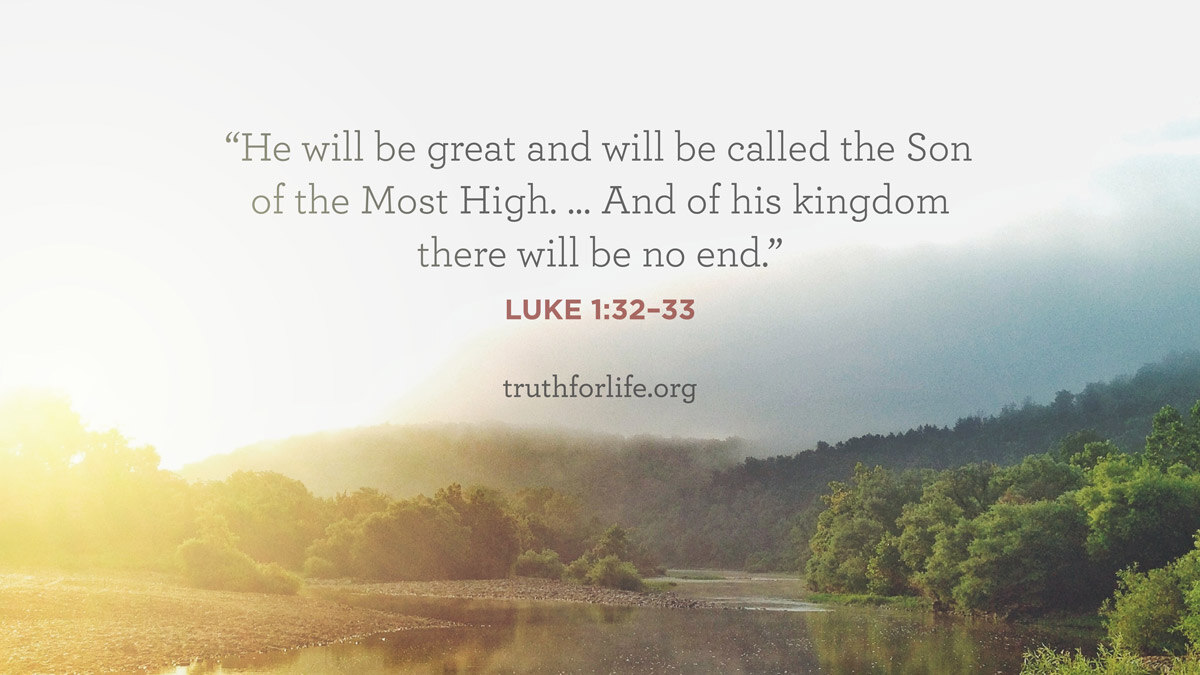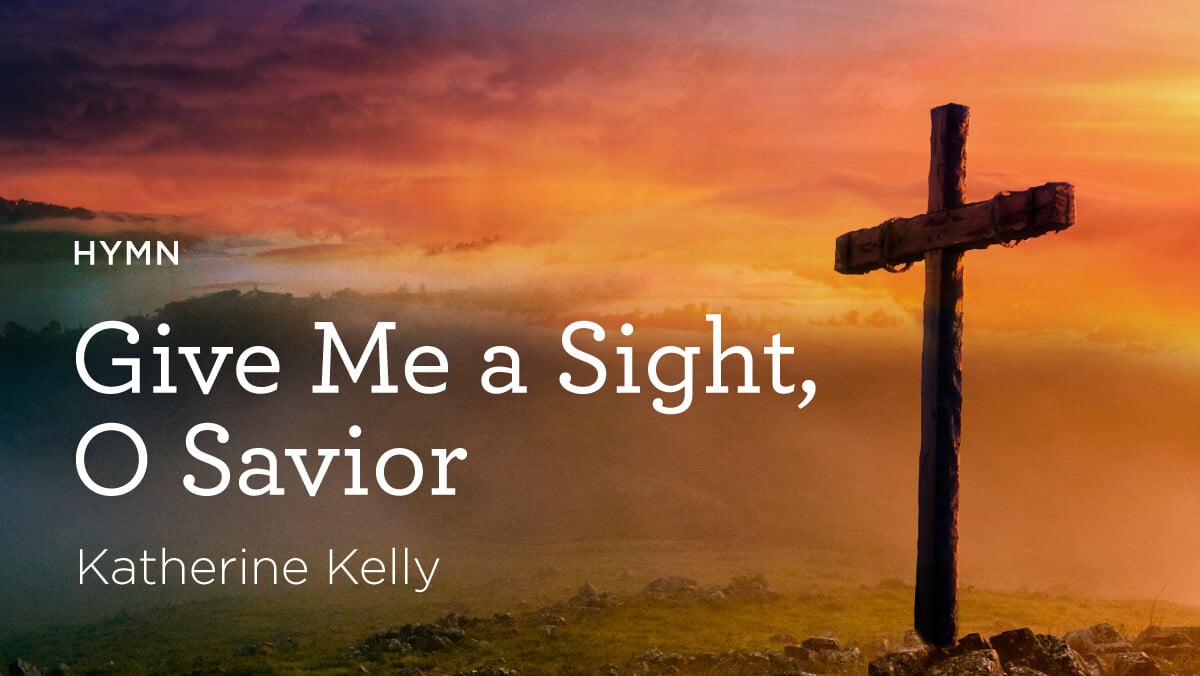Conversations about spiritual disciplines and Christian formation rightly center on the twin poles of prayer and the reading of Scripture. All too often, though, we think of these as two distinct practices. We tend to see Scripture as providing the intellectual content for our Christian life, whereas prayer deepens our relationship with God.
The Christian tradition, however, points us towards a surprising insight about the relationship between Scripture and prayer. According to the ancient practice of lectio divina (Latin, “divine reading”), the words of Scripture becomes the means by which we ascend to encounter the eternal Word himself. Put another way, in the words of Eugene Peterson, “Lectio divina is a way of reading the Scriptures that is congruent with the way the Scriptures serve the Christian community as a witness to God’s revelation of himself to us.”
The origins of lectio divina
The precise origins of lectio divina are unclear, but from the beginning “practices intended to shape reading into living” can be found throughout the writings of the church fathers. I would point to figures such as Origen, Gregory of Nyssa, John Cassian, and Benedict of Nursia as particularly relevant in this context. The most famous and influential formulation of lectio divina, though, is found in a twelfth-century treatise by a Carthusian monk, Guigo II. Not to be confused with the Star Wars characters Greedo or Grogu, Guigo II in his The Ladder of Monks compared lectio divina to a ladder. Its four steps, the monk explains, are like the four rungs of a ladder that, much like Jacob’s ladder (Gen 28:12), ascends up into heaven, up towards God himself. As Guigo II writes, “Reading, meditation, prayer, and contemplation—these make a ladder for monks by which they are lifted from earth to heaven. It has few rungs, yet its length is immense and wonderful, for its lower end rests upon the earth, but its top pierces the clouds and seeks heavenly secrets.”
The 4 steps of lectio divina
As traditionally identified, the four steps of lectio divina are
- reading (lectio)
- meditation (meditatio)
- prayer (oratio)
- contemplation (contemplatio)
As we discuss each step in turn, we will need to not only define the step but also consider how each connects to the premodern form of biblical exegesis known as the fourfold sense of Scripture, as it is essential for understanding the internal logic of lectio divina. For each step, moreover, we will need to pay careful attention to the practical ways in which we can go about practicing that aspect of lectio divina as a spiritual exercise.
Step 1: reading (lectio)
We begin, then, with the first rung, the first step of lectio divina: the reading, or lectio. The objective is simply to understand the basic meaning of the words of Scripture. As compared with later steps, we are here only considering the historical or literal sense of the biblical text. In other words, the focus here is on the “plain meaning” of the text, the sense conveyed by the words of Scripture and discovered by exegesis.
This first step of lectio is characterized by a disposition of careful concentration on the words of the biblical text. It is difficult to do this in an age of distraction and short attention spans. We are so used to our minds leaping from thought to thought, our eyes flickering from pixel to pixel, that it can be hard to sit still with a text and concentrate on it fully.
Nevertheless, we need to wake up and give our full attention not just to the words on the page but to the God who wants to speak to us through them. But how? Handbooks on lectio divina tell us that before we begin, we must first find a quiet place where we will not be distracted. We would do well to begin with a short time of silence so that we can be fully attentive. We are aiming, in other words, for what theologian Hans Boersma calls “the joy of a vertical orientation toward the eternity of God.”
This being done, we can proceed to lectio proper. Traditionally this has meant that we should read the passage repeatedly, with short pauses between each reading. Reading it four times is a good place to start. The more we repeat the words, the more they become inscribed upon our souls. Even better is when we have come to memorize the Scriptures, and we increasingly discover that God’s word is being written upon our hearts. This brings us, then, to the second step of lectio divina.
Step 2: meditation (meditatio)
The kind of intensive reading described in the previous step might sound a lot like what we typically mean by “meditating” on Scripture. This second step of lectio divina, however, aims at something more narrow: that we meditate on Scripture to find Christ in the biblical text. According to the medieval fourfold sense of Scripture, the typological sense leads us to consider how all of Scripture points towards Christ and the spiritual realities that he brings (e.g., the church and her sacraments). Thus in meditatio, we begin to move beyond the outward, literal sense of the text to “chew on” its inward, spiritual sense.
This can sound a bit academic, but we should recall that lectio divina is fundamentally a spiritual exercise. Thus, going about this second step could look something like this: having read the passage in question several times (lectio), we then meditate on a small portion of it (perhaps even just a single word or phrase that stands out to us), fixing it in our memory. Then, moving into meditatio, we consider how it functions within the context of the whole Bible and how it reveals Christ to us. In other words, we consider the verbal associations or spiritual connections that emerge from a theological interpretation of the Bible.
Perhaps an illustration can make this more clear. For example, as we meditate on the story of the flood in the Old Testament, we are to see in our minds how Christ likewise brings us from death to life through the waters of baptism (cf. 1 Pet 3:20–21). The flood serves as a type of Christian baptism, helping illuminate our understanding of the sacrament and pointing us to the mystical realities of our union with Christ (cf. Rom 6:1–11).
In the case of doing lectio divina with a Gospel passage, this step can be amplified through the use of the Ignatian technique of Gospel contemplation. In this case, we can “chew on” the text by imagining ourselves in the Gospel narrative, in the presence of the characters, taking in the sights, sounds, and smells all around us. Perhaps you adopt the perspective of one of the characters. How do you respond to what Christ is saying or doing? What emotions is he stirring up in you? In this way, we make the stories of Scripture our own, “inwardly digesting” the words of the Bible in our hearts as we advance to prayer (oratio) and contemplation (contemplatio).
Practice lectio divina within Logos, using our built-in Lectio Divina Workflow.
Step 3: prayer (oratio)
In this third step of lectio divina, we turn to more direct prayer to God. In this step, we allow the Scriptures to interpret us and speak into our lives. It should be clear, then, how this connects to the moral sense of Scripture: If the point of the moral sense is to seek moral guidance from the biblical text, prayerful consideration of how we measure up to (indeed, fall short of) the moral demands of Scripture draw us to compunction, to have sorrow over our sins.
Indeed, in this step we proceed from a posture of humility and awareness of our sins and failings. We also, on account of God’s grace, ask for that which he has promised to us, but even this is grounded in the prior posture. Writers on lectio divina have traditionally used the term “compunction” to describe how we are to be pierced, or punctured, as we mourn over our sins (cf. Acts 2:37).
This sorrow over our sins is, of course, deeply countercultural in our world of expressive individualism and nonjudgmentalism. So why do this? Compunction leads to joy and consolation. When we confess and repent of our sins, we are to receive the comfort, joy, and gladness that God gives us in forgiveness. In other words, this step prepares us for the mystery of contemplation in the final step of lectio divina.
In this step, then, we ask the Holy Spirit to interpret our lives in light of the biblical text. We enter into the messy, often uncomfortable process of self-examination. We directly address God, confessing where we have fallen short, whether in thought, word, or deed. Perhaps we conclude this step with a traditional prayer of confession, such as one found in the Book of Common Prayer. This complete, we ask for and receive God’s grace, turning our hearts to complete our ascent up the ladder.
Step 4: contemplation (contemplatio)
The fourth and final step of lectio divina is contemplation. By this, we seek to silence our own voices and instead simply rest in and experience the love of God. This corresponds with the final element of the fourfold sense of Scripture, the anagogical sense, which focuses on how the text points to the last things and our eternal hope. So this step of lectio divina again coheres with the internal logic of premodern exegesis.
Traditionally, the ultimate telos, or “end,” of humanity is to behold or contemplate God (the beatific vision). This step invites us into a preview of eternity. As Boersma writes, “To taste sweetness in and through the practice of lectio divina is to taste the sweetness (or love) of God himself. It is to be united to God.” Our sinfulness, pride, and despair are all driven out by the love of God.
We are, then, much like the Israelites before Mt. Sinai. We have purified ourselves of sin in the third step, and now we are in a position to ascend the mountain and behold God. To use the classical language of the Triple Way of the Christian life, purification and illumination now give way to union with God.
Practically, this step is the most difficult to articulate given its transcendent aim. But we perhaps best begin engaging this step by offering thanksgiving for what God has done, is doing, and will do in our lives and in our world. This further prepares our hearts for the work of the Holy Spirit in enabling us to “become partakers of the divine nature” (2 Pet 1:4). That is to say, with contemplation the emphasis shifts to a silent stillness before God; after all, as Boersma writes, “the love of God is too great to capture adequately in words.”
Grow with lectio divina
In lectio divina, God’s written word becomes the means by which we ascend to the eternal Word, Jesus Christ. As we engage in this process, we trust that, with the Lord’s help, we are being transformed into the fullness of the kinds of men and women that God intends for us to be.
Of course, articulating such a lofty goal can make the practice of lectio divina seem out of reach or only for “experts.” But here we have to trust that we spiritual novices can, because of the presence of the indwelling Holy Spirit, benefit from even our most hesitant, tentative attempts to pray Scripture in this way. Nevertheless, apprenticing ourselves to this “school” of prayer will, over time, reap significant spiritual dividends.
Beyond learning more about this method of prayerfully reading Scripture, consider having a pastor or spiritual director trained in this method be your “coach” or mentor as you practice lectio divina. Alternatively, find others in your church or family with whom you can practice lectio divina together and share your experiences. In any event, precisely because God intends for spiritual formation to happen within a community, in the context of the Body of Christ, our engagement with the ancient practice of lectio divina will undoubtedly benefit from inviting others into this process.
In a time of atomization and disconnectedness, let lectio divina be a means by which we grow closer to God and to one another.
Resources mentioned in this article
- Gallagher, Timothy M. Meditation and Contemplation: An Ignatian Guide to Praying with Scripture. Crossroad, 2008.
- O’Keefe, John J., and R. R. Reno. Sanctified Vision: An Introduction to Early Christian Interpretation of the Bible. Johns Hopkins University Press, 2005.
Teaching for Spiritual Formation: A Patristic Approach to Christian Education in a Convulsed Age
Your next read
- The Christological Character of Typological Reading
- Should We Pray Written Prayers? The Surprising Scriptural Basis for Scripted Prayer
- The Surprising Benefits of Prayer Books & How to Use Them
- Transform Your Prayer Life: 11 Essential Books on Prayer
- How to Preach Like John Chrysostom, “the Golden-Mouthed”

 1 month ago
22
1 month ago
22










 English (US) ·
English (US) ·